An Original Stone Eagle Comes Home to Penn Station in NYC
A 7,500-pound eagle sculpture from the top of the original 1910 Penn Station building has been returned after years in hiding!


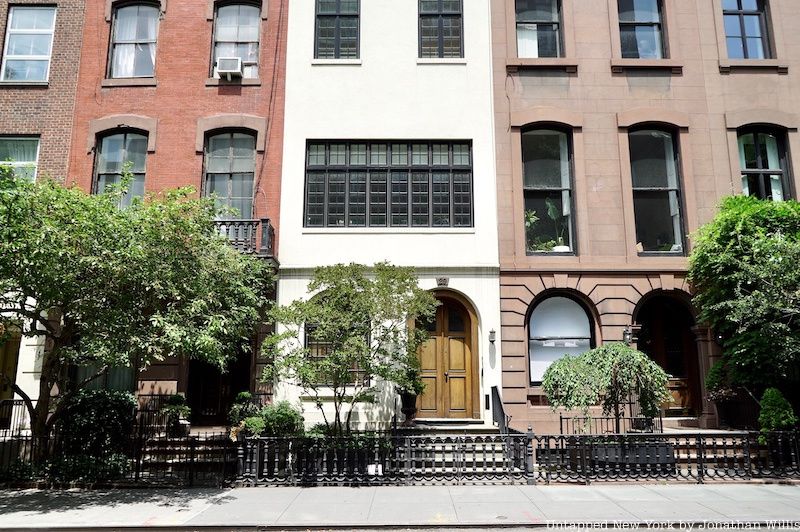
According to the New York City LGBT Historic Sites Project, there are over 400 New York City locations connected to the history of lesbian, gay, bisexual, and transgender people in New York City, and many of those places are the former homes of America’s greatest writers. New York City is a rather open place for all people regardless of gender identity and sexual orientation. However, this has not always been the case. For many of these LGBTQ+ writers, coming into their sexuality was an internal struggle, one that was often reflected in their groundbreaking work. All of these authors paved the way through literature for the next generation of LGBTQ+ people. Pay homage to these LGBTQ+ writers by learning about their former New York City homes this Pride Month:
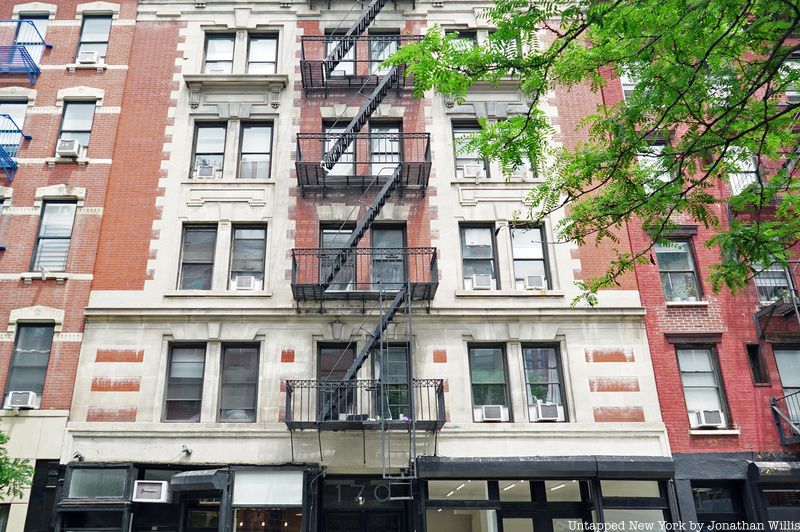
If you get down to Beat poetry, check out the former residence of “Howl” author, Allen Ginsberg. Beat poetry, born in New York City in the 1940s and 50s, thrived on critiquing conventional American life. Ginsberg started writing with other LGBTQ+ writers at Columbia University (where he met literary icons such as Jack Kerouac). Not only was Ginsberg openly gay, but much of his work focused on the lived queer experience. Ginsberg lived in this apartment with his longtime lover, Peter Orlovsky from 1958 to 1961. It was in this apartment that Ginsberg wrote the majority of his poem “Kaddish.” After moving out, Ginsberg and Orlovsky hopped around to various locations in the East village.
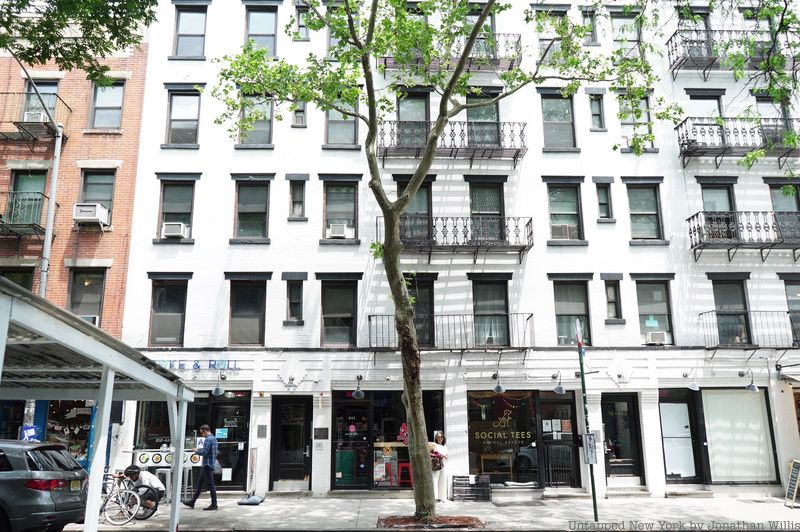
In his poetry, Frank O’Hara references several spots close to his East Village apartment, where he lived from 1959 to 1963. O’Hara gained popularity after he was published in a poetry anthology in the 1960s, shortly before his own collection of poems, Lunch Poems, debuted. He wrote several collections of poems, and many were inspired by his long-term partners. The poetry he wrote about Vincent Warren and Joe LeSeuer in particular is provocative and incredibly moving. After his sudden and tragic death in 1966 on Fire Island, he was remembered as a literary icon.
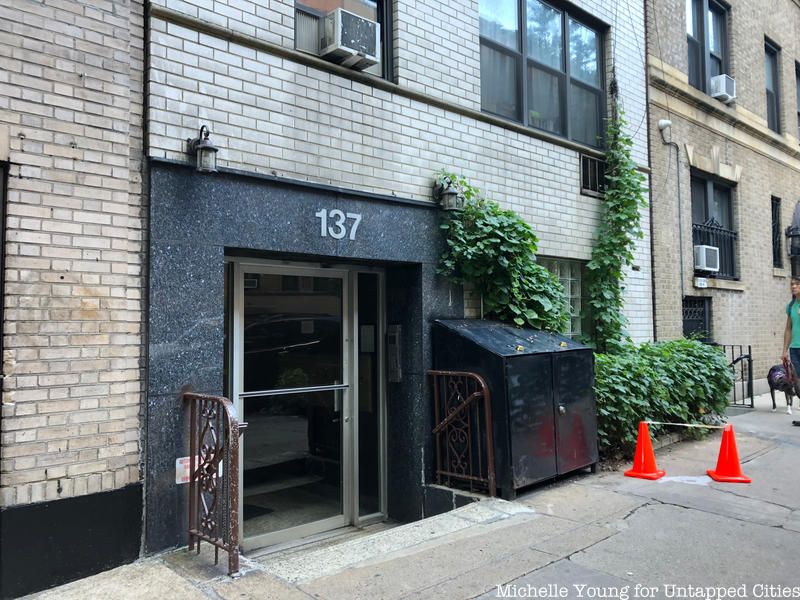
James Baldwin is one of the most iconic authors of all time, and especially one of the most influential LGBTQ+ writers of color. Though Baldwin was never public about his sexuality, he wrote about people in same-sex relationships. He is credited as one of the first authors to include this type of love in his work. Baldwin was not only as one of the most important LGBTQ+ writers but also an immensely influential presence in the Black civil rights movement. He was a part of the march on Washington and advocated for workers’ rights. James Baldwin’s Upper West Side home, where he lived from 1966 until his death in 1987, was designated as a New York City landmark in 2019.
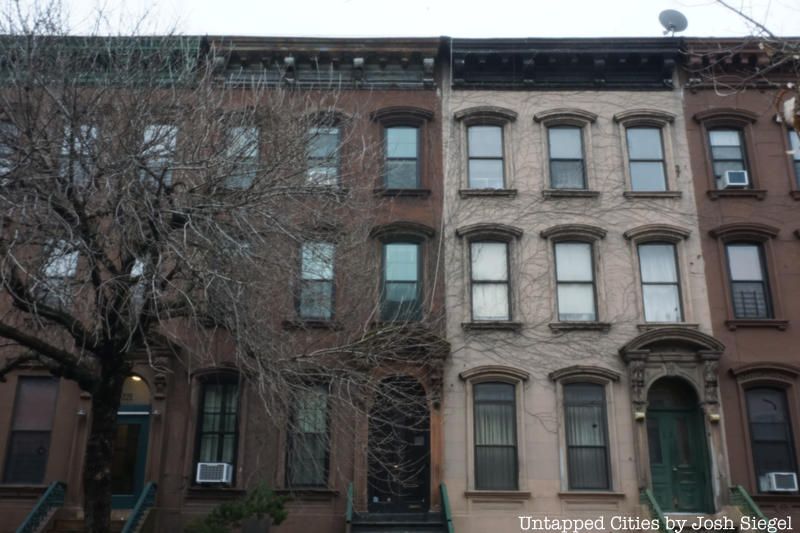
This building, located in Harlem, has been designated as a New York City landmark in honor of Langston Hughes. Though he was not explicit about his sexuality, Hughes’ work implies his queerness. Books of poetry like Montage of a Dream Deferred include queer subtexts that showcase either his own sexuality or his allyship and acceptance of all sexualities. Hughes was one of the forebears of the Harlem Renaissance, and his work has remained incredibly influential since.
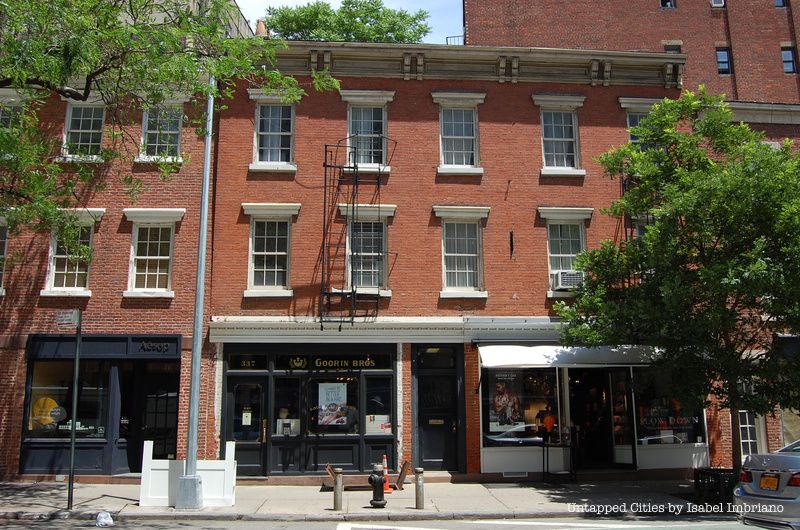
A Raisin in the Sun author, Lorraine Hansberry lived in both of these residences during her time as a writer and an activist. Hansberry was a staunch advocate for queer, women’s, and black civil rights throughout her life. She wrote several books and essays on these topics, such as “On Homophobia, the ‘Intellectual Impoverishment of Women’ and a Homosexual ‘Bill of Rights’” and The Movement: Documentary of a Struggle for Equality.
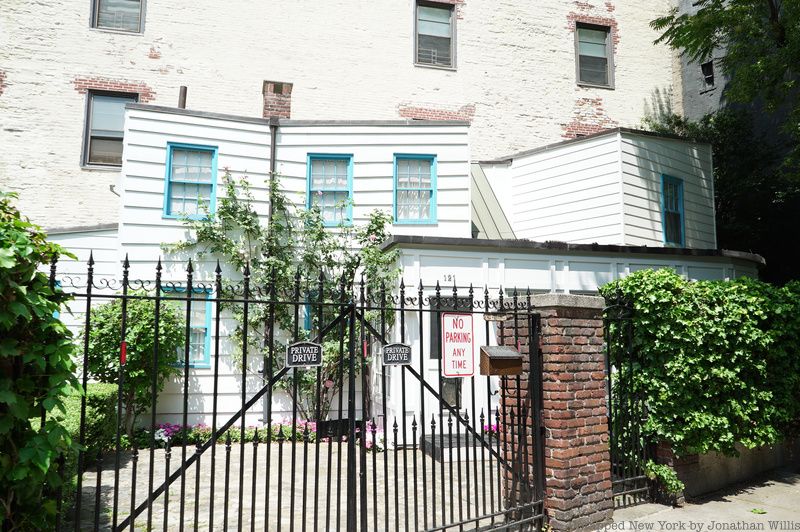
If, like many children, you were raised on stories like Goodnight Moon and The Runaway Bunny, you would enjoy visiting the author’s writing studio in Greenwich Village – a quaint farmhouse that was moved from the Upper East Side to Greenwisch Village in 1967. Brown used the home as her writing studio from 1942 until her death in 1952, when it was still located at 1335 York Avenue. Brown is often credited with popularizing the picture book: a novel form of children’s books at the time she wrote them. Though unexpected in children’s literature, Brown’s relationship with Blanche Oericks (pen name: Michael Strange) impacted some of her later works, like Don’t Frighten the Lion. The story, based on her personal quells surrounding her queer experience and internalized homophobia, highlights keeping someone out (a dog) so as not to frighten others (animals in a zoo). Her work demonstrates just how hard it was to be queer in her time, illustrating how difficult it is to deflect homophobia. This Pride Month, a walk past Brown’s studio reminds us to recognize and work to combat homophobia that still lingers today.

Author of the iconic children’s book Where the Wild Things Are, Maurice Sendak, lived in this stunning Greenwich Village apartment from 1962 to 1972. During his height as an author, Sendak was not openly gay. However, after his partner, Eugene Glynn, died in 2007, he came out, telling the world he had to keep his sexuality hidden as there would be bias against him as a children’s author.
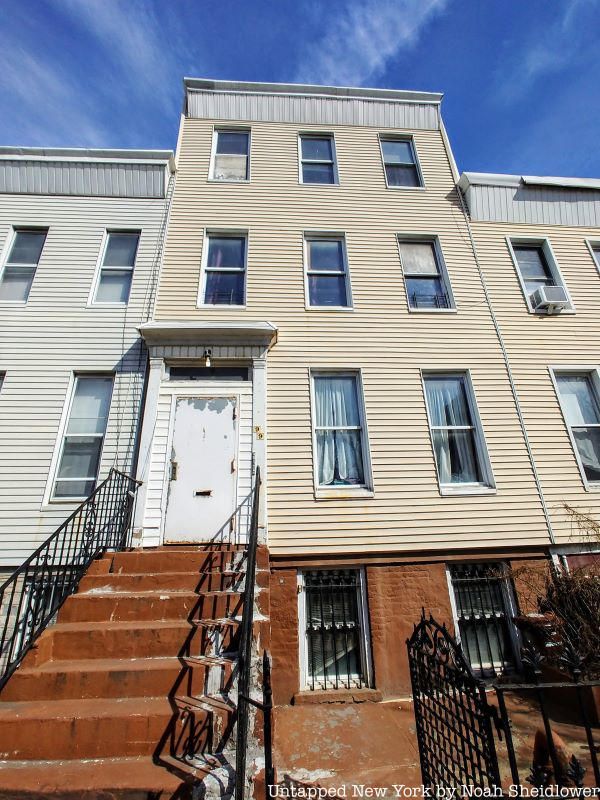
Poet Walt Whitman lived with his family in this Brooklyn home. His first poetry collection, Leaves of Grass, was finished and published in 1855. When originally published, several poems regarding homoerotic same-sex love, specifically male-male love, were left out of the book. Later editions included the “Calamus” poems. The collection features many lines of homoerotic passion, like in his poem now dubbed “The Sleepers.” His poetry is incredibly influential and has been featured in recent media like Dead Poets Society and even Breaking Bad. Whitman is one of the best American poets, not only of his time but ever. The Walt Whitman Initiative is fighting to have the Ryerson home landmarked.
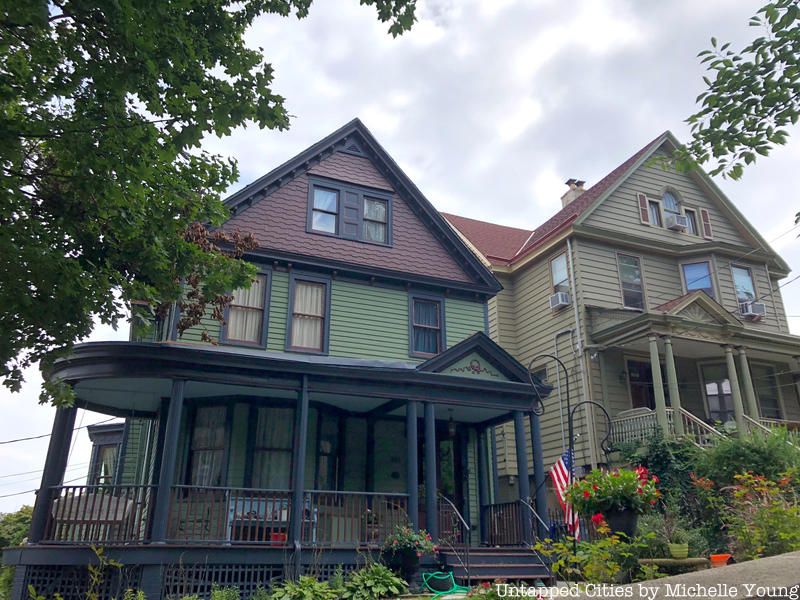
Audre Lorde wrote some of her most important works, including Zami: A New Spelling of My Name, inside this Neo-colonial home, where she lived with her partner Frances Clayton and two children. The family lived here until 1987, enjoying close proximity to the New York Harbor and the natural beauty of Staten Island. In 2019, the 1898 home was designated as a New York City Landmark for its association with Lorde and its significance to LGBTQ+ history.
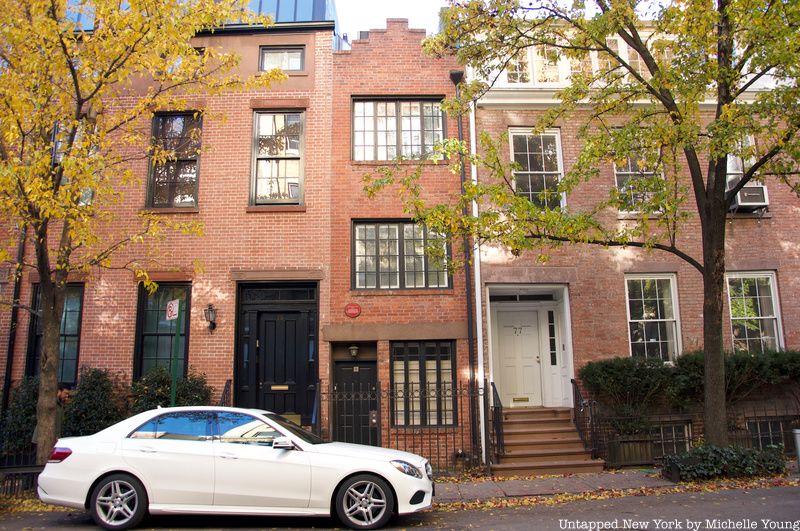
Poet Edna St. Vincent Millay lived in this narrow home for a few short years between 1923 and 1925. Representing the modern woman of the 1920s, Millay, who was openly bisexual, was a major part of Bohemian culture in Greenwich Village. The Pulitzer Prize-winning poet also lived briefly at 139 Waverly Place and 25 Charlton Street. She left New York City with her husband in 925 for their estate, Steepletop, in Austerlitz, New York which is now home to the Edna St. Vincent Millay Society.
Pulitzer Prize-winning playwright, Tennessee Williams, lived in this Midtown apartment with his partner, Frank Merlo, for around 2 years on and off between 1948 and 1951. In one of his most famous and popular works, A Streetcar Named Desire, he demonstrates the typical queer experience at the time: hiding your true identity. His sexuality influenced his work heavily as his homosexuality was an “open secret” which was confirmed post-Stonewall officially.
Next, check out 25 Ways to Celebrate Pride Month in NYC and 10 Notable LGBTQ Landmarks in NYC
Subscribe to our newsletter